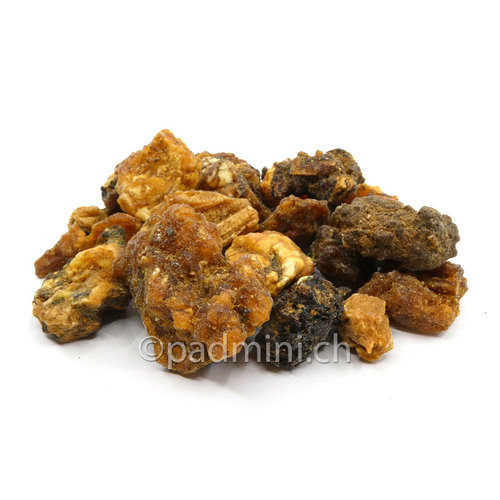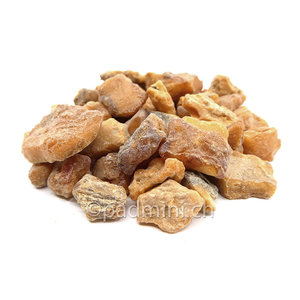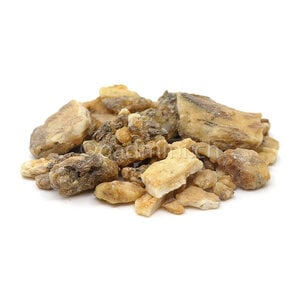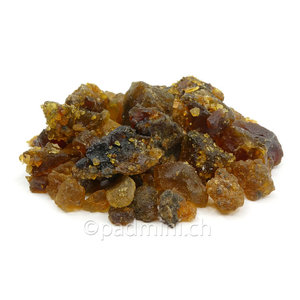Myrrh, Benzoin, Guggul and Opopanax
Myrrh, opopanax and guggul, three commiphora-type resins
These three resins come from trees that are quite similar in the Burseraceae family. Commiphora myrrha or myrrh is the most well-known of the three, originating in Somalia or the Sudan, used since the dawn of time for its antiseptic properties. Opoponax commiphora erythaea (or opopanax), whilst it offers a different scent, produces the same effects. Effective for purifying houses and eliminating negative influences. Guggul commiphora mukul (sometimes called Indian Bdellium), although it is less well known, is a resin that is widely used in India, and is an ingredient often present in ayurvedic remedies.
Laos benzoin and Sumatran benzoin
Benzoin resins are amongst the most used in fumigations. There are mainly two types of benzoin, both products from a tree called styrax. The first variety is Benzoin Siam styrax tonkinensis, which comes from Laos or Thailand – this is the benzoin used for the manufacture of Triple Armenian Paper. The second is Benzoin Sumatra styrax benzoin which comes from Indonesia, the island of Sumatra as its name indicates.
What sort of benzoin resin should be used in fumigation?
The difference between Benzoin Siam and Benzoin Sumatra is essentially olfactory. Their antiseptic properties as well as stimulating effect on the imagination and inspiration are identical. Some prefer the more gentle and vanilla touch of Laos benzoin.






























 Soap & Body Care
Soap & Body Care
 Home & More
Home & More
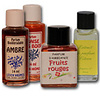 Aromatherapy
Aromatherapy
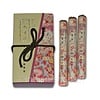 Incense
Incense
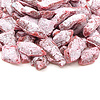 Fumigation
Fumigation
 Blog
Blog
